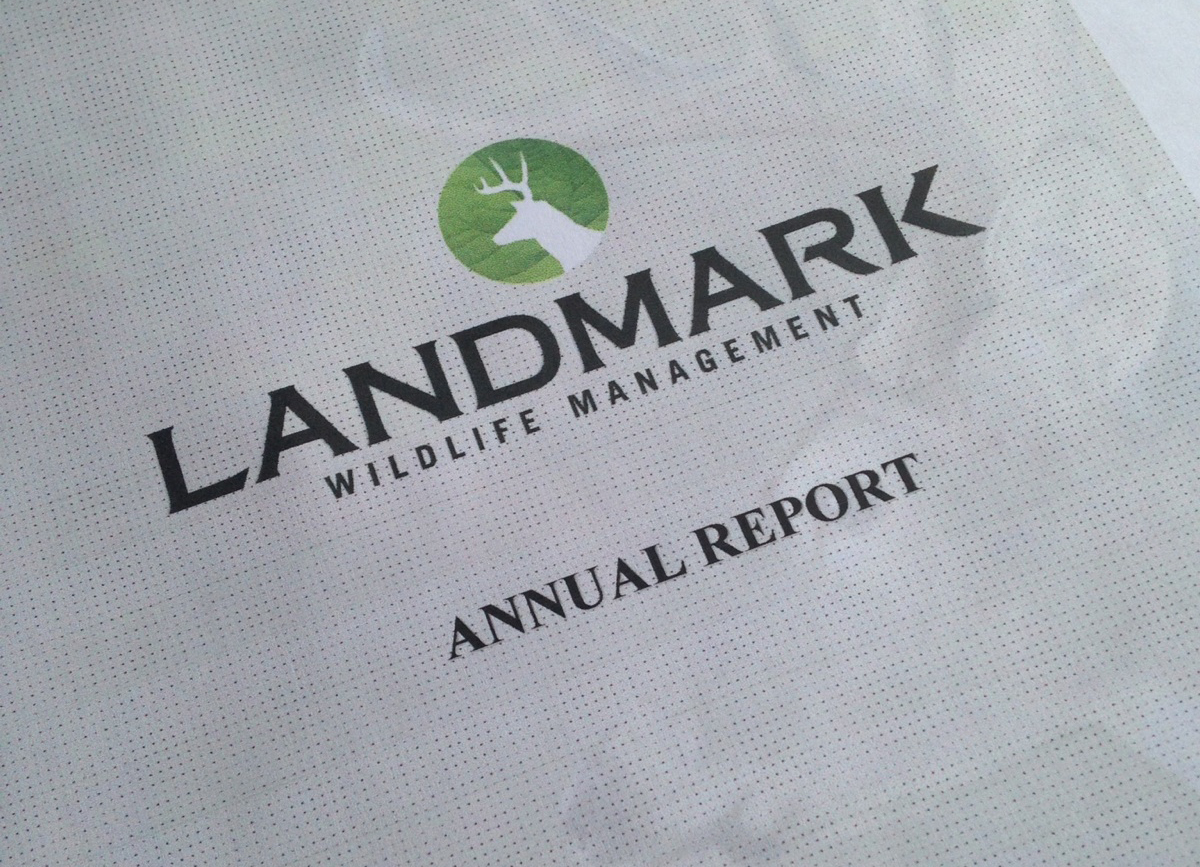The preservation and stewardship of our natural environments are crucial to the continuity of diverse ecosystems, and wildlife management appraisal serves as a lynchpin in this effort. For landowners in Texas, adopting wildlife management strategies signifies a commitment to fostering plant and animal diversity and enhancing the ecological value of your land.
Why Wildlife Management Appraisals Go Awry
In our experience wildlife management efforts come with several pitfalls and that may pose significant challenges to landowners. The reasons why this happens includes:
- The inherent complexity of wildlife management: Wildlife management involves a broad and multifaceted field of study, encompassing elements of ecology, biology, environmental policy, land use practices, and even law. Without formal training or substantial experience in these areas, landowners can find themselves lost amidst a sea of technical terminology and regulatory requirements.
- Lack of accessible, easy-to-understand resources: While there are numerous scientific publications and regulatory documents related to wildlife management, these are often written in technical language that may be inaccessible to the layperson. This can create a knowledge gap, making it difficult for landowners to fully comprehend the intricacies of effective wildlife management practices.
- Time constraints: Many landowners have other professional and personal responsibilities, which leaves little time for them to delve deep into the learning and application of wildlife management.
- Wildlife management misconceptions: Some landowners may mistakenly believe that wildlife management strategies are incompatible with recreational activities, or they may underestimate the benefits that these strategies can provide.
The Most Common Misunderstandings of Wildlife Management & What to do About Them
With these challenges in mind, we’re shedding some light on the common pitfalls in wildlife management, offering insights into their implications, and demonstrating how Landmark Wildlife Management LLC can serve as an invaluable partner in your journey towards effective and efficient wildlife management.
Unraveling the Complexities of Annual Reports
One extremely important report for wildlife exemption properties is an Annual Report. Its purpose is to document all wildlife activities performed that calendar year. Many appraisal districts require submission of Annual Reports to justify granting wildlife exemptions. In addition, appraisal districts have the legal right to request wildlife exemption Annual Reports for the previous five years. This means that a landowner exposes themselves to needless risk each year an Annual Report is not generated.
A well-documented annual report can showcase the success of wildlife management practices. However, the details required in the reports, such as photographs, maps, and receipts, can be overwhelming and time-consuming to gather. The high level of precision needed can make this task daunting for inexperienced landowners.
Annual reports should be filed according to the frequency and deadlines established by your Central Appraisal District.
The support of professionals can ensure the accurate and timely submission of these reports, helping to navigate this common pitfall effectively. Landmark can help you save time and reduce risk by developing a thorough and professional wildlife exemption Annual Report for your property.
Demystifying the Freedom to Hunt and Fish
The balancing act between preserving ecosystems and enjoying recreational activities like hunting and fishing can be a challenge. A common misconception is that implementing wildlife management strategies restricts activities like hunting or fishing. This false belief might discourage landowners from adopting wildlife management. These activities can coexist with wildlife management, promoting both ecological balance and recreational enjoyment when properly managed.
You can read up on Texas hunting regulations here.
Deciphering CAD Correspondence
A breakdown in communication with the CAD is a recurrent issue that can hinder effective wildlife management. The importance of thoroughly reading and responding to all CAD correspondences cannot be overstated. Failure to do so can result in missing essential deadlines.
Keeping your mailing address updated is crucial. Otherwise, important CAD correspondences might not reach you, leading to unintentional non-compliance with deadlines and rules.
You can find a list of Texas appraisal districts by county here.
Unpacking the Intricacies of Land Purchasing
Land purchase is a pivotal step that requires more consideration than the initial financial transaction. One potential risk is acquiring land that has recently lost its 1-d-1 appraisal. This can result in unexpected tax liabilities for the new landowner.
If land already under wildlife management is bought mid-year, the new owner must continue the necessary activities for the remainder of the year. Ignorance of this requirement can lead to non-compliance issues. Therefore, consultation with a biologist on how to implement the wildlife plan already in place is important.
Recognizing the Proper Areas for Wildlife Practices
Choosing the correct location for wildlife management activities is often overlooked, which can undermine the effectiveness of the efforts. Conducting all wildlife management activities within the residential footprint is a common error. This mistake often occurs due to the misbelief that the proximity of the activities to the home will make management easier.
To truly foster biodiversity and a robust ecosystem, these practices need to occur outside the residential footprint. Another mistake is conducting all wildlife practices on one portion of the property. Instead, efforts should be made to manage for wildlife in various areas on the property.
Implications of Poor Wildlife Management Practices
Neglecting essential wildlife management practices can have far-reaching consequences, from disrupting local ecosystems to unforeseen complications such as:
- Non-compliance with local regulations, potentially resulting in loss of wildlife appraisal, late fees, or even legal actions.
- Missed deadlines or lack of alignment with changes in regulations.
- Exposure to unforeseen liabilities or tax implications.
- Limit the positive impact on local ecosystems, thus defeating the purpose of the wildlife management initiatives.
To successfully navigate these potential pitfalls, guidance from experts in the field is invaluable. Landmark can help you by guiding the land and wildlife efforts for years to come, develop initial wildlife management plans and complete your application in a way that will impact the health of your property and make a very strong impression with the appraisal district.
You can learn more about how we work with fellow Texas Landowners on their wildlife management plans and application here.









